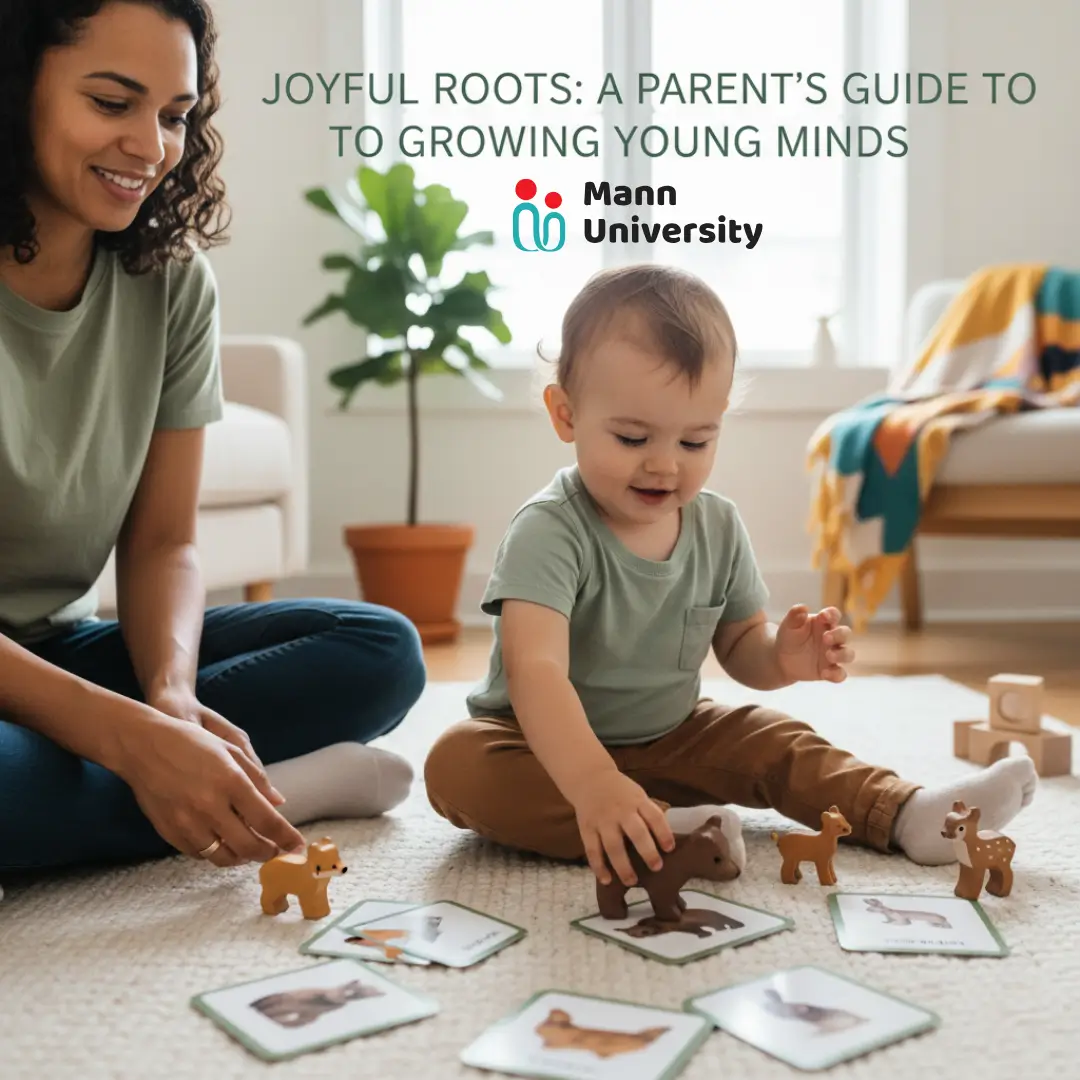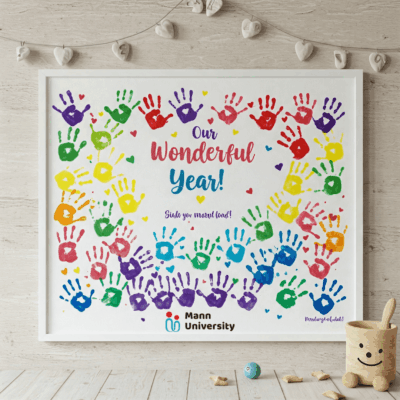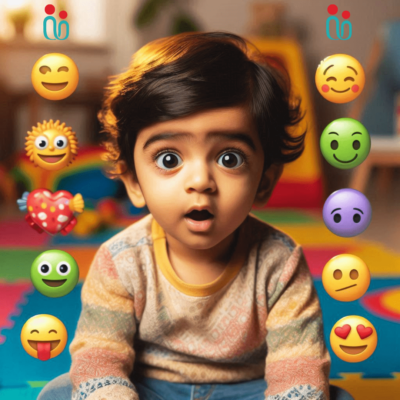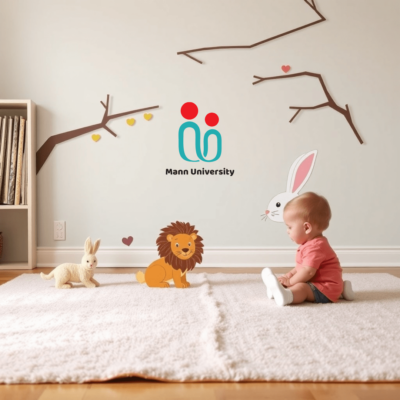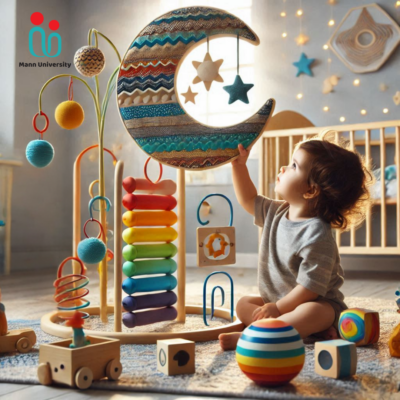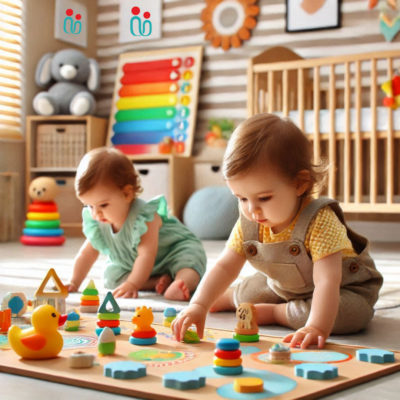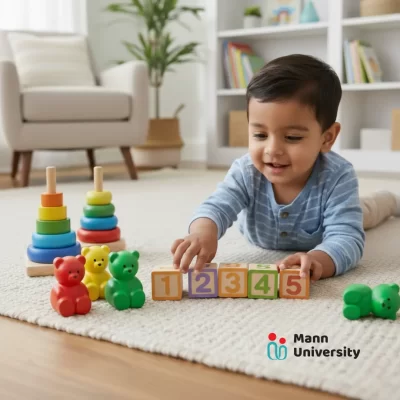How to Use Flashcards with Toddlers: 10 Games to Make Learning Fun
How to Use Flashcards with a Toddler
A Heart-Centered Guide to Joyful Learning
In the beautiful, busy dance of raising a toddler, the simplest moments often hold the most magic.
My dear parent, I know that feeling so well. You bring home a new set of colourful flashcards, your heart filled with the hope of sharing a beautiful learning moment with your child. And then, that little one—your greatest joy and mystery—glances at the card, tries to taste it, and happily toddles away. It’s completely normal to feel a little discouraged in these moments.
But I want to share something I’ve learned from years of observing the wonder of a child’s developing mind: a toddler’s vital force, their innate curiosity, doesn’t seek tests. It seeks connection. It seeks play. These ten playful flashcard activities are perfect for toddlers, typically from 18 months to 3 years old, and are designed to nurture their language development through connection.
Today, I invite you to see these simple cards not as a tool for teaching, but as a seed for joyful connection. We are not building a library of memorized facts; we are lovingly tending the soil of our child’s mind, so their own love for learning can naturally unfold.
The Gardener’s Mindset: Nurturing, Not Forcing
Before we play, I encourage you to take a gentle breath and embrace the mindset of a gardener. A gardener does not pull on a sprout to make it grow faster. Instead, they provide water, sunlight, and rich soil, trusting the seed’s innate wisdom. This is our role. In fact, research from trusted sources like the American Academy of Pediatrics confirms that play is essential for development, as it builds the safe, stable, and nurturing relationships that buffer toxic stress.
Follow Their Inner Rhythm: Some days, a child is drawn to vibrant colours; other days, to the picture of a familiar animal. I encourage you to follow their interest without any agenda. Their curiosity is the sun they will naturally turn towards.
Cherish the Short Seasons: A toddler’s attention is like a butterfly—it flits and lands for brief, beautiful moments. Five minutes of engaged, joyful connection is worth more than thirty minutes of struggle. When you see their attention wandering, simply put the cards away with a warm smile, knowing you can visit this garden again tomorrow.
Celebrate the Smallest Sprouts: When your child’s tiny hand points to a card, or their eyes light up in recognition, cherish it! It’s completely normal for them to babble, to hand you the wrong card, or to simply enjoy the texture of it. Every interaction is a sign of a mind at work. Your warm encouragement is the sunlight that fosters their confidence.
10 Playful Games to Use with Flashcards
Here are some of my favourite ways to turn flashcards into a bridge for connection.
1. The Home Safari
This turns your living room into a world of discovery, connecting pictures to their tangible reality.
How We Play: Place 3-4 cards on the floor (perhaps a cup, a favourite fruit, a shoe). With a gentle voice, you can wonder aloud, “I see a picture of a banana. I wonder where our bananas live?” Then, joyfully go on a little safari together to find the real object and bring it back to its picture-friend.
What You’re Nurturing: The beautiful connection between a two-dimensional image and their three-dimensional world, a blossoming vocabulary, and the joy of confident movement.
2. The Friendship Match
There’s a special kind of quiet joy in watching a child make a connection. This game makes that moment tangible.
How We Play: Gather a few of your child’s beloved toys—a little car, a teddy bear, a block. Hand your child the flashcard that matches one of the toys and invite them to introduce the friends to each other. “Can this little car go and say hello to its picture?”
What You’re Nurturing: The bridge between the abstract and the concrete, and a gentle sense of order.
3. The Little Postbox
I still remember the look of intense concentration on my own children’s faces as they mastered posting things. It’s a deeply satisfying task for their developing minds.
How We Play: An old shoebox with a slit cut in the top becomes a magical postbox. As you look at each card together (“What a soft, white sheep!”), you can invite your child to mail it. The focus and repetition are wonderfully calming for them.
What You’re Nurturing: Those precious fine motor skills in their tiny hands and the foundational concept of cause and effect.
4. The Sensory Treasure Hunt
A child’s hands are their instruments for understanding the world. This game invites them to learn through touch.
How We Play: In a shallow sensory bin of uncooked oats or rice, bury a few cards. Give them a spoon or let them use their hands to dig for hidden treasure. Each card they unearth is a moment of pure discovery.
What You’re Nurturing: A rich sensory experience that calms the nervous system and deepens learning.
5. The Living Picture
This is where learning becomes pure, giggling joy. It reminds us that our bodies are our first language.
How We Play: Using animal or action cards, become the picture together. If you see a frog, hold hands and hop. If you see a cat, crawl and meow. Your willingness to be silly is one of the greatest gifts you can give your child.
What You’re Nurturing: A vibrant imagination, joyful physical expression, and the deep bond that comes from shared laughter.
6. Our Very Own Story
Every picture holds a story, and this is a chance to create one that is uniquely yours.
How We Play: Hold a few cards and begin, “Once upon a time, in a big green garden, Ram saw a…” and pull out a card to complete the sentence, “…a beautiful red bird!” Let the next card guide the next part of your spontaneous tale. Don’t worry about making sense; worry only about having fun.
What You’re Nurturing: The foundational rhythms of storytelling and the idea that their own imagination is a wonderful place to be.
7. Making Little Families
A child’s mind naturally seeks to create order out of the wonderful chaos of the world. This game supports that impulse.
How We Play: Gently invite your child to create “families” or “teams.” You might say, “I wonder if all the things that are blue would like to be in a family together?” or “Let’s put all our animal friends in one pile to have a party.”
What You’re Nurturing: The roots of mathematical thinking and categorization, all through gentle play.
8. A Song in Our Hearts
Music is a magical language that speaks directly to a child’s soul, helping new words stick in a joyful way.
How We Play: While singing a beloved song like “Old MacDonald,” let your child choose the animal card to decide which verse comes next. This gives them a wonderful sense of agency and participation in the music.
What You’re Nurturing: A love for music, memory, and rhythm.
9. The Peek-a-Boo Memory Game
This is a gentle way to strengthen their budding memory and concentration.
How We Play: Using two copies of just 3 different cards, place them face down. Take turns flipping two cards over. If they match, you celebrate and keep the pair! If not, flip them back over. Start with just 3 pairs to ensure success.
What You’re Nurturing: Focus, memory, and the gentle art of taking turns.
10. Following Their Passion
Every child has a passion—a deep interest in one particular thing. Honouring that is the key to effortless learning.
How We Play: If your child is captivated by trucks, create a special collection of only vehicle cards. If they love flowers, create a “nature explorer” set. When you enter their world of interest, learning is no longer a task; it is an act of love.
What You’re Nurturing: Their unique spirit and the powerful idea that what they love is important.
A Note on Following Your Child’s Lead
“I remember when my son, Ram, would only look at flashcards of trucks. I decided to just follow his lead. Within weeks, he was excitedly pointing out the colors and shapes on the trucks, all while we were simply playing. It taught me that our children really are our best teachers.”
A Final Thought From My Heart to Yours
Please remember, the fact that you are here, reading this, searching for ways to connect with your child, shows how incredible a parent you are. In these small moments of play, you are not just teaching words; you are building a foundation of trust and a lifelong love of discovery. You are tending the most precious garden in the world.
The goal is connection, not perfection. Happy nurturing.
Warmly,
About the Author
Dr. Bhavin Dhamsaniya
Dr. Bhavin Dhamsaniya is a homeopathic physician with an M.D. in Homeopathic Psychiatry. As the founder of Mann University, he specializes in the holistic connection between a child’s mind, emotions, and development. His “Parent’s Gardener” philosophy guides parents to nurture their child’s innate curiosity through mindful, play-based connection. Learn more about Dr. Dhamsaniya here…
Frequently Asked Questions
What are some creative flashcard games?
Forget boring drills. Play a “Home Safari” by matching cards to objects in your house, or “The Little Postbox” by posting cards into a shoebox to improve fine motor skills. For imaginative fun, use animal cards to act out sounds and movements together, turning learning into a joyful, giggling game.
How do I stop my toddler from chewing on flashcards?
It is completely normal for toddlers to explore with their mouths. Gently redirect them by saying, “Cards are for playing,” and immediately engage them in a fun game like matching or sorting. Active supervision and making the activity more engaging than the card’s texture is the most effective approach.
Should I force my toddler to use flashcards?
No, you should never force a toddler. A child’s natural curiosity is their best guide. Think of yourself as a gardener nurturing a seed, not a drill sergeant. If they resist, put the cards away with a smile and try again another day. The goal is always connection, not perfection.
